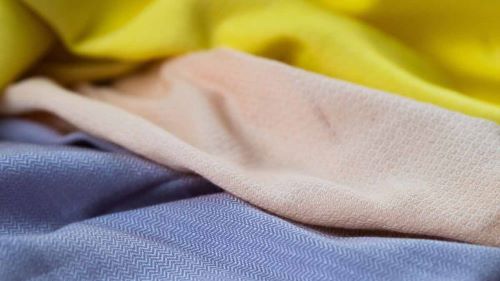
Modernising Weaves Of Traditional Crafts

In traditional crafts, local weavers are not getting the recognition they should get, the reason being the lack of good platforms and contacts. We at Anuprerna are striving to find ways to bridge the gap between our local artisans and the global market by exploring unconventional designs in traditional crafts that are globally appealing. We try to bring them the recognition they deserve so they are encouraged and motivated to innovate these indigenous crafts further.
HONEYCOMB WEAVE FABRIC
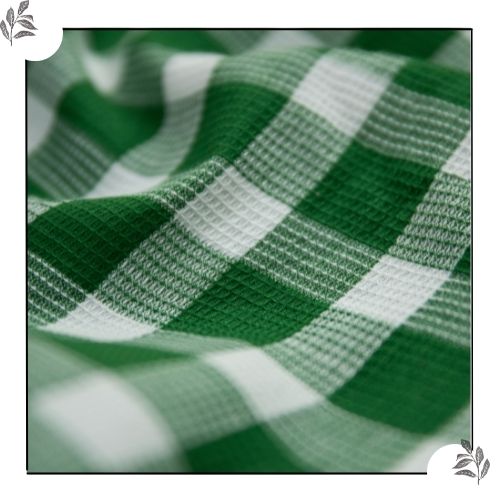
What is Honeycomb:
The honeycomb weave resembles honeycomb cells that appear square in the cloth. These weaves form ridges and hollows which give a cell-like appearance to the textures that render this fabric of fabric readily absorbent of moisture. The honeycomb weave fabrics are, therefore, suitable as towels and also in various forms for bed covers and quilts.
Types:
The honeycomb weave structure are of two classes-
1) Ordinary honeycomb or honeycomb proper & 2) Brighton honeycomb.
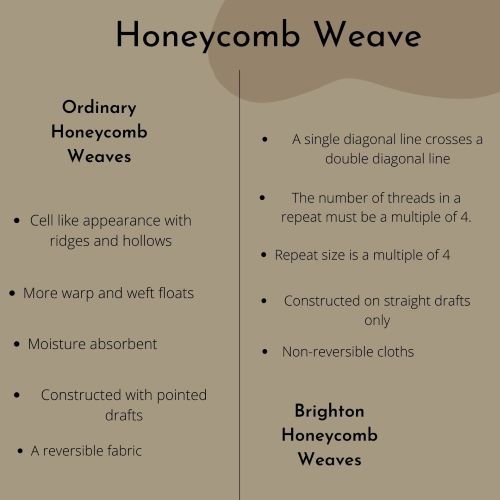
Modernising with Honeycomb Weave:
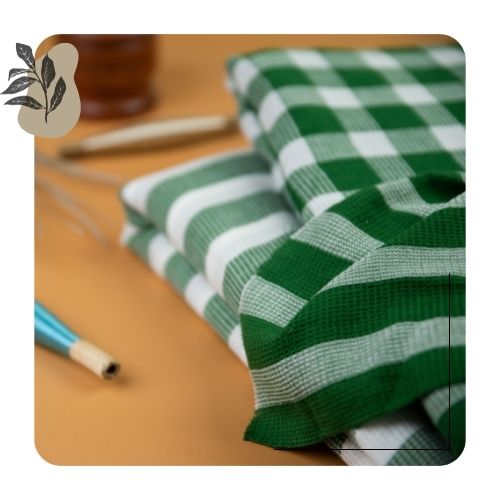
Like other Jacquard fabrics we produce, the honeycomb weave fabric is also woven on a handloom attached with a jacquard device. The traditional technique of handloom weaving is modernised with the combination of Jacquard and the honeycomb’s weaves unique structure to produce a variety of Check and Stripes Honeycomb fabric.
KANTHA FABRIC
About Kantha:
The Kantha work is a traditional folk art of Bengal. Originally the Kantha was a practical means of re-cycling fabric to form soft cotton quilts, coverlets, pillowcases or wrappers, and seven types of Kantha have been listed, each with its own motifs. Thus fabric that would otherwise have been thrown away was re-used, all the softer for having been washed and worn for years.
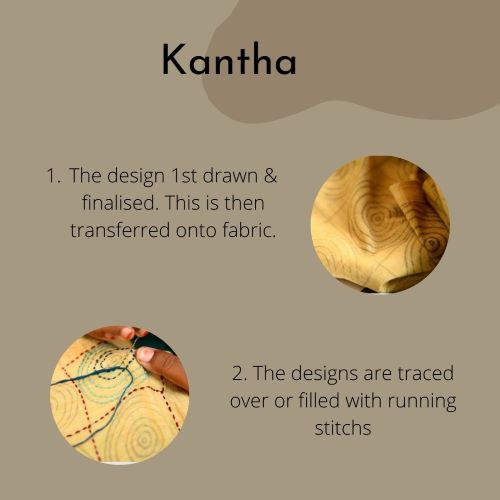
Modern Day Kantha:
Traditionally, Kantha embroidery included ethnic motifs like lotus, animals, birds etc. However today, modern designers consistently push the boundaries to create contemporary textiles such as Kantha.
At Anuprerna, we are trying to modernise these traditional crafts by exploring designs and patterns that have more global appeal. Our collection of kantha work designs includes fabrics adorned with geometric motifs in unconventional patterns using running and cross-stitch. These embroideries are done by artisans from an all-female artisanal cluster in Bengal.
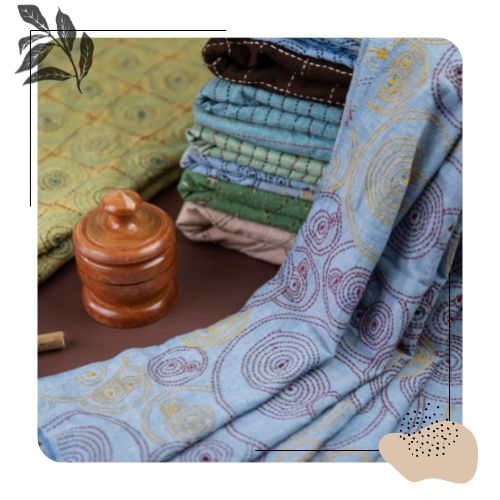
HANDLOOM JACQUARD
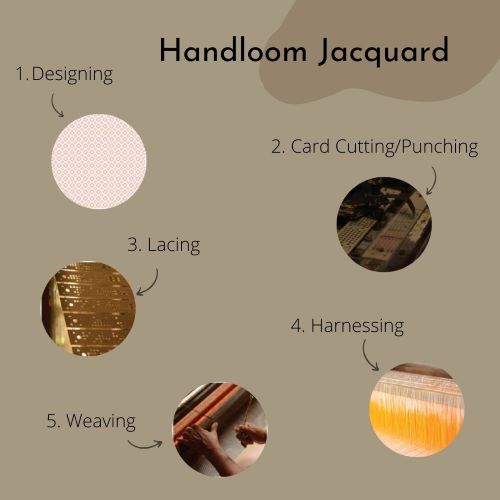
What is special?
The Jacquard Loom is basically a device called "Jacquard" attached to a loom which made intricately weaving loom patterns, possible. Before the invention of the Jacquard device, a weaver’s assistant used to sit on the top of the loom to raise and lower the warp threads on a certain pattern to create intricate woven brocade fabrics. This process was slow and painstaking. The device this process much simpler and faster.
Jacquard Today:
The Jacquard Device Has Been Predominantly Combined With Power Looms since its inception. But the latter is not sustainable. We have combined the Jacquard device with a handloom instead to create a handloom jacquard machine. The resulting Handwoven Jacquard Fabric is not just environmentally sustainable but also ethical.
The designs also have been evolved to suit the taste of the global market. Our handloom jacquard fabric patterns are minimalist and the refreshing hue makes it a great addition to a modern household or wardrobe.
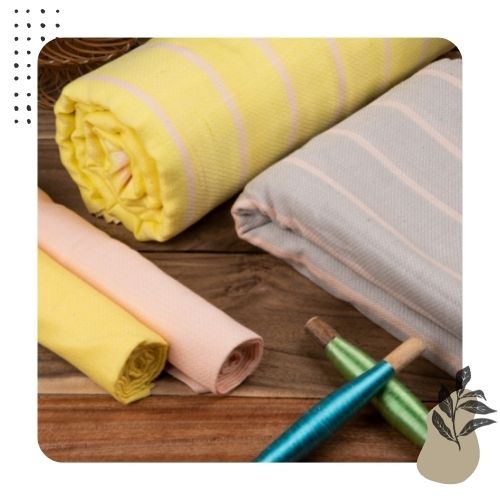
related questions
What are traditional weaves?
arrow_drop_downTraditional weaves refer to weaving techniques that have been passed down through generations within specific cultures or regions. These techniques often involve handloom weaving and produce distinctive patterns and textures characteristic of the particular tradition. Examples include ikat, jacquard, brocade, and damask weaves, among others.
How is weaving done today?
arrow_drop_downToday, weaving is primarily done using modern weaving machines called looms. These machines interlace warp (lengthwise) and weft (crosswise) yarns to create fabric. Modern looms can be hand-operated or automated, often incorporating computerized controls for precision, efficiency, and the production of intricate patterns.
What are the traditional weaving methods?
arrow_drop_downTraditional weaving methods include handloom techniques such as ikat, jacquard, brocade, and damask. These methods have been practiced for generations in specific cultures or regions, producing distinctive patterns and textures in woven fabrics.
What are the 3 basic types of weaving?
arrow_drop_downThe three basic types of weaving are plain weave, twill weave, and satin weave. Each type of weave produces a different surface texture and pattern in the fabric, based on the arrangement of warp and weft yarns.
More Blogs
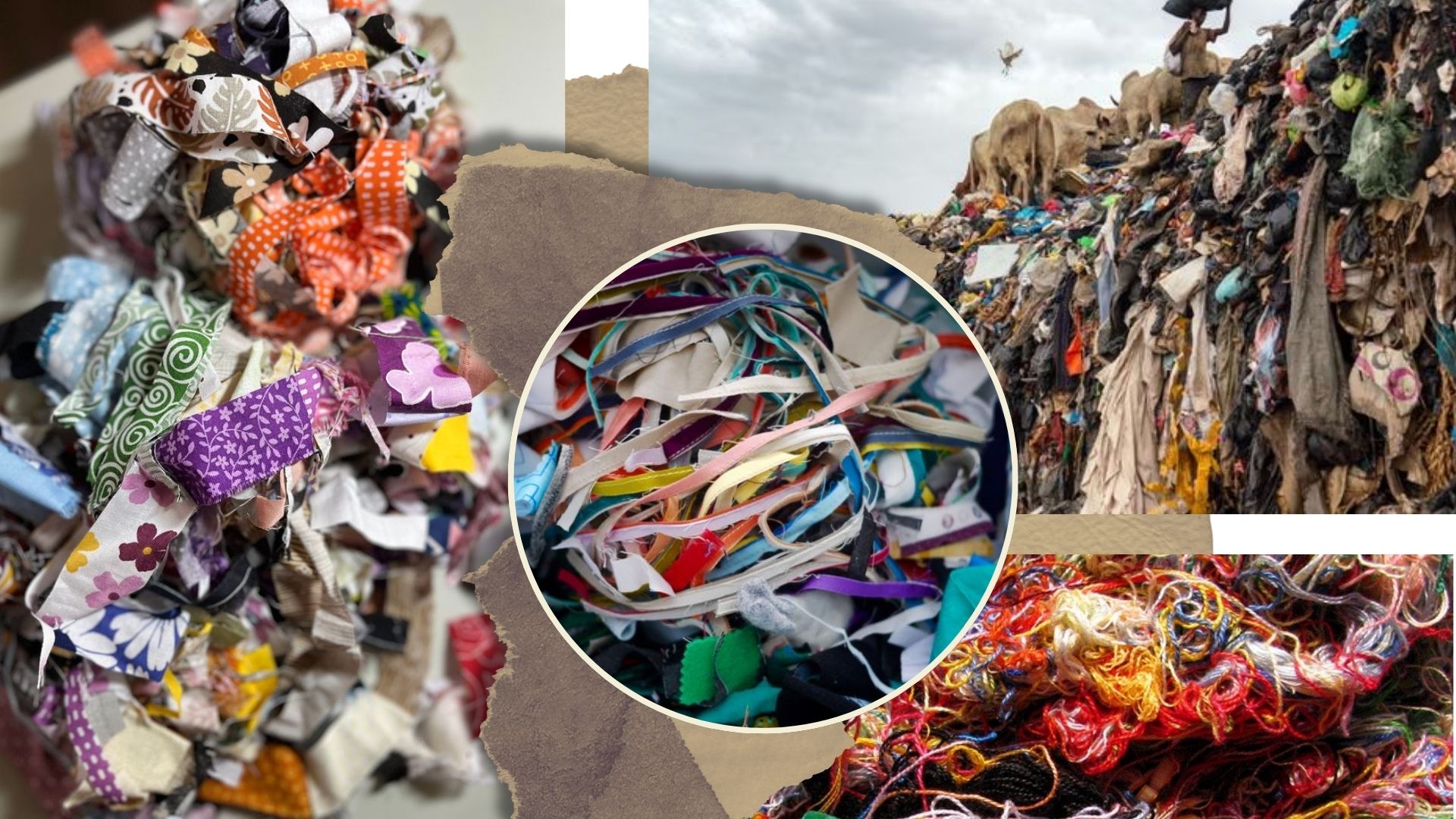
the scrap fabric solution, from clutter to creation

the art of sustainable recyclability
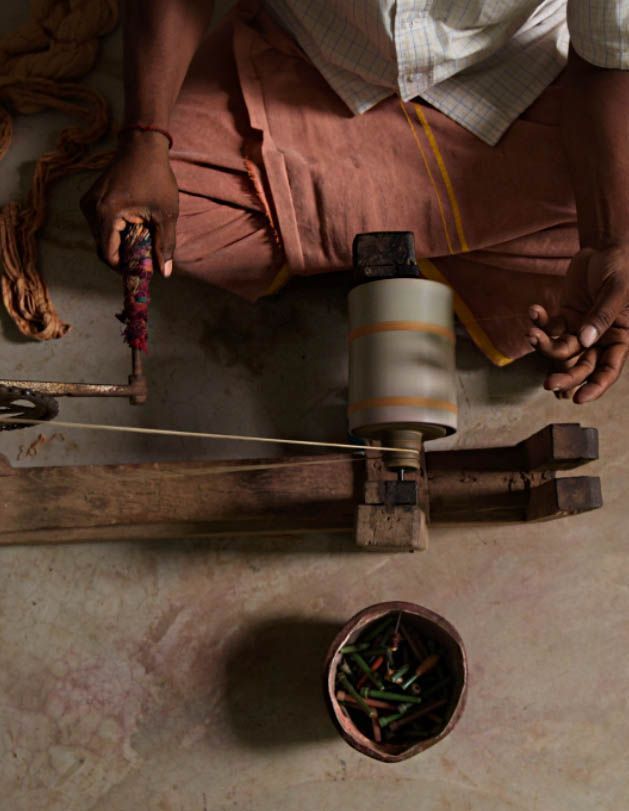
indian handloom in contemporary world
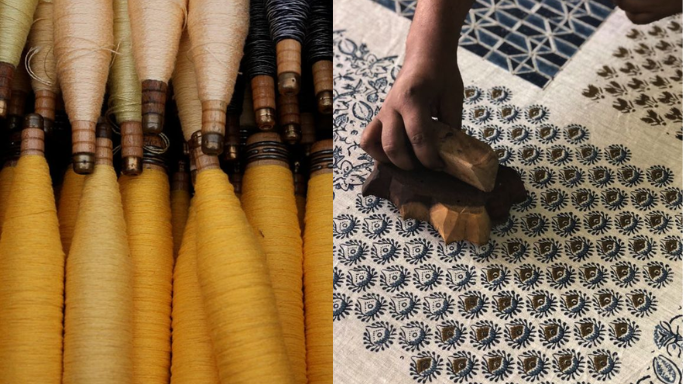
sustainability through handloom manufacturing
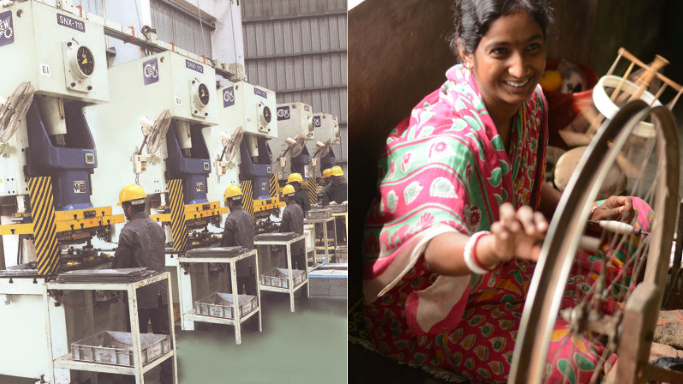
how to identify handloom fabrics in a powerloom world
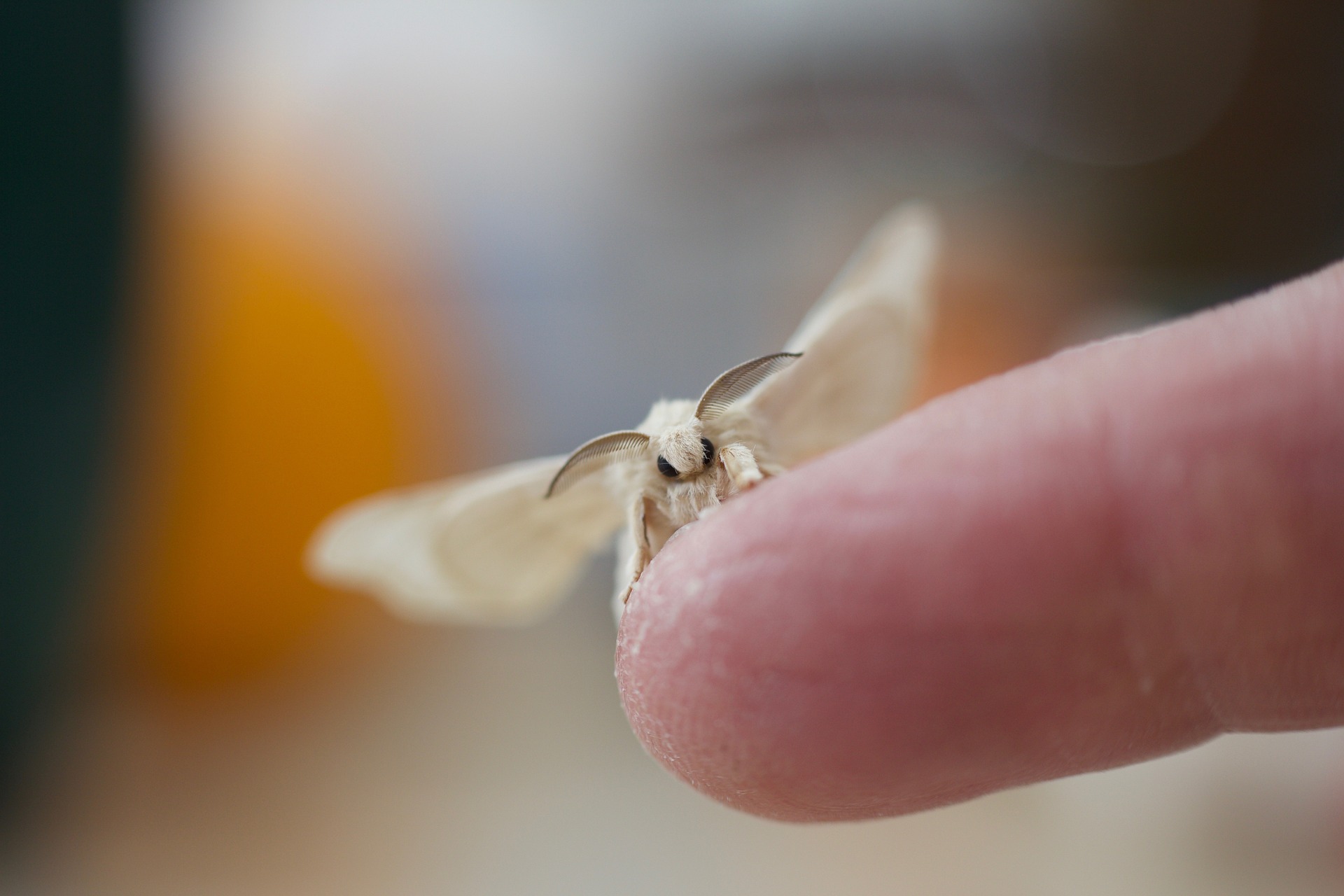
ketia silk - a peace lover






